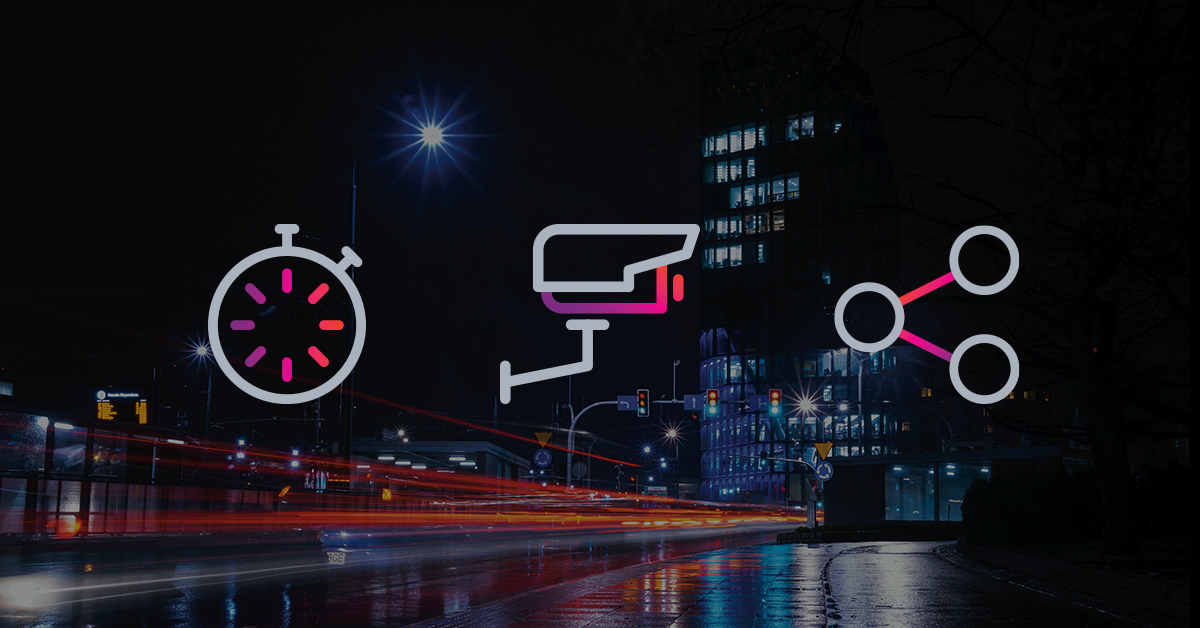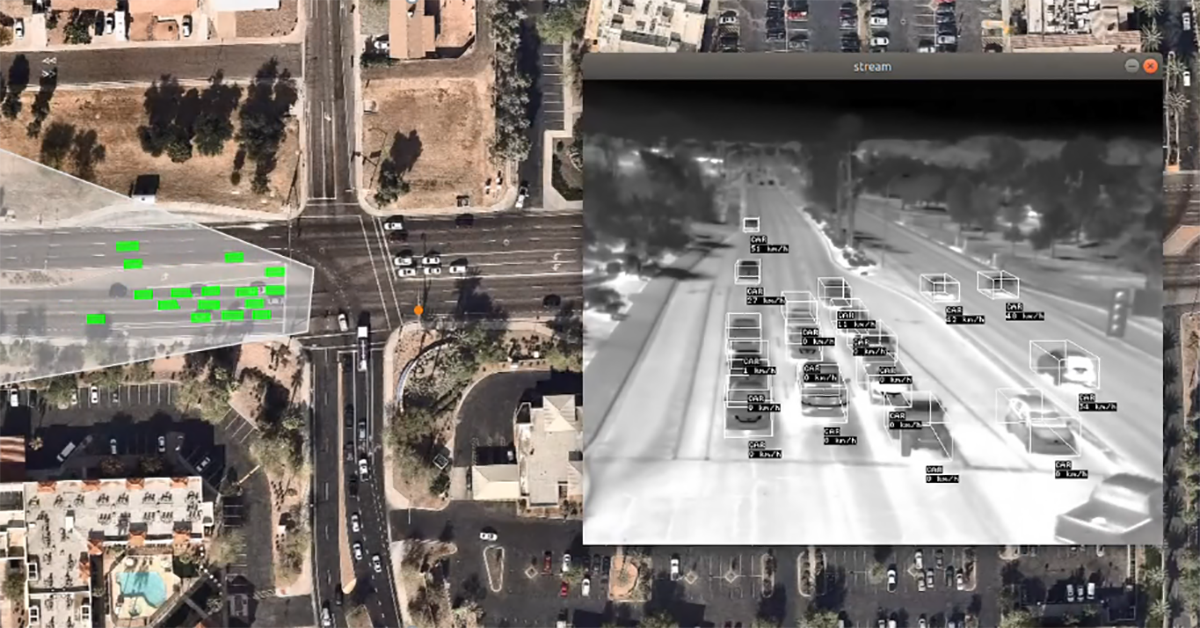24-7 People and Vehicle Detection for Public Transportation

Every day, public transportation passengers rely on trains, metros or trams to bring them safely and timely at their point of destination. However, the risky or careless behavior of people can sometimes lead to accidents that cause a lot of delay as well as severe damage to rolling goods and rail infrastructure. Thermal imaging cameras can detect this risky behavior in time and help public transportation operators to take the appropriate measures.
Every year accidents on the railway or on metro/tram tracks are caused by people taking risks. Whether they're taking a short-cut home, zigzagging their way on a level crossing, spraying graffiti on railway property or not taking the usual care after a few drinks, people ignore the rules of the railways every day and put their lives at risk, as well as risking the safe running of the railway. The same goes for level crossings. When used correctly, level crossings provide a safe way to cross the railway, but misuse or user error can have tragic consequences. Every year accidents are caused by road users and pedestrians ignoring level crossing barriers, warnings and speeding trains to save a few minutes.
Thermal imaging
Railway, metro or tramway operators want to prevent accidents as much as possible. Traditionally, CCTV cameras are being used to monitor public transportation environments, such as metro platforms or railway tracks. By detecting risky behavior from pedestrians and road users in time, CCTV cameras can provide a real-time warning to control room operators, who in turn can take the appropriate measures Although CCTV cameras are reliable tools for video analysis (identification), they need additional algorithms to overcome several limitations. In order to work at night, additional light may be needed. CCTV cameras can also be blinded by light from the sun or train. Vehicles or pedestrians that are moving in shadows or inside tunnels can be a challenge to detect. Thermal imaging cameras can overcome all of these limitations. A thermal imaging camera creates a crisp image based on subtle temperature differences and is not affected by environmental challenges, such as total darkness, smoke, fog or sandstorms. They do not need any light whatsoever and can’t be blinded by direct sunlight; they are therefore an ideal source for detection on a 24/7 basis. Thermal imaging cameras produce images of invisible infrared or “heat” radiation. Based on temperature differences between objects, thermal imaging sensors produce a clear image in any lighting condition, day or night. Thermal imaging cameras will allow railway operators to detect trespassers, stopped cars on tracks, people falling from platforms on tracks, people walking in tunnels, etc.
Vehicle detection and collision warning at level crossings
Level crossing accidents are a continuous threat and do not only harm and injure passengers but also damage the rail infrastructure and rolling stock. Thermal imaging cameras can prevent collisions between trains and obstacles at level crossings by detecting if a vehicle stops on the tracks and is blocking the passage for an oncoming train. Via detection outputs or via TCP/IP, a warning signal is transmitted to a railway operations center. An operator can view the threat in his workstation and decide which safety scenario is appropriate. A vehicle-train collision can be prevented by warning the approaching train/tram through rail signals, warning lights or directly to the train/tram driver. This results in improved safety at level crossings.

Detection of people on tracks, on platforms and in tunnels
On a metro or tram platform, both underground and above ground, a person falling from the platform onto the tracks is a dangerous situation. The same is true in outdoor rail environments when a person is walking on the tracks. Thermal imaging cameras can detect if a person is on the tracks, whether the person just fell or is deliberately going on the tracks. By detecting people entering a train/ tram/metro tunnel or walking on an outdoor track, thermal imaging cameras can warn an operator with accurate information and position of the person. Also here, outputs and/or events are generated in case of the presence of human movement in a certain userconfigurable detection zone. Thermal imaging cameras can ensure 24/7 detection operation in tunnels regardless of surround illumination. They can provide a complete coverage of the tunnel portal, rails and maintenance pathway. As people can be standing and walking freely on the platform, waiting for a train or metro, thermal cameras can be installed on the tunnel ceiling or wand, where an imaginary line divides the tunnel from the platform and is looking further into the tunnel. By doing so, thermal imaging cameras can provide reliable detection for people entering the tunnel from the platform or from the rails.

Driver vision enhancement
Thermal imaging night vision systems installed onboard trams allow drivers to see clearly in total darkness or in bad weather conditions. Compared to traditional headlights, they offer increased detection of potential hazards, like pedestrians, cars, animals, on the tracks. As a result, it increases the reaction time of operators significantly. More time means more options, smoother driving in emergencies and more room to stop.
Flexible technology
Thermal imaging cameras give public transportation authorities uninterrupted 24-hour detection of vehicles and pedestrians regardless of the amount of light available. It is also a very flexible technology, offering the following benefits:
- - High image quality, optimized for thermal video detection purposes
- - Different lens options: allows to optimize the camera view for your location environment and specific mounting
- - Easy to install: can be installed on existing infrastructure
- - Designed for harsh environments, suited for all climates
Detection systems using thermal imaging cameras are a more reliable and flexible technology for pedestrian and vehicle detection than any other technology, enabling increased safety and operations in several application domains.


